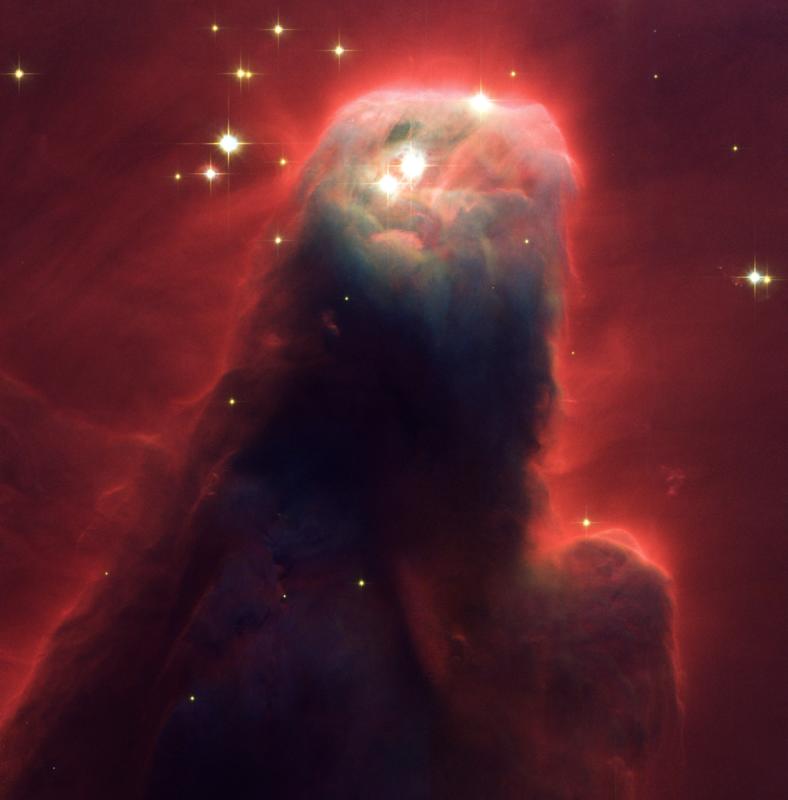Little Stars with Jets
By BellatrixThere are many objects in the universe that have jets of material exploding from them. A few examples are neutron stars, black holes, quasars, and protostars. Well now we can add brown dwarfs to that list. One wonders what causes these jets and if brown dwarfs can have them what’s next?
A brown dwarf is like a failed star. It’s cool and small, with a mass range of between 10 to 90 Jupiter masses. These objects are not massive enough to start nuclear burning like normal stars. They can be hard to observe since they are so small and don’t give off nearly as much light as a normal star. There is some debate about how to distinguish a brown dwarf from a giant planet like Jupiter. There are some differences; they all have about the same radii so if the mass is higher than about 10 Jupiter masses, they have a higher density and are usually not considered a planet. Also with brown dwarfs water is always found in a gaseous state where in giant planets it condenses to ice; also planets usually have ammonia in their atmospheres while brown dwarfs do not.
Now the brown dwarf called 2MASS1207-3932 has a mass of about 24 Jupiter masses with a companion planet of about 5 Jupiter masses. This brown dwarf also has a disk around it like that seen in young stars. This is the smallest object ever observed to have a jet. The jet is moving at a speed of a few kilometers per second and stretches about 1 billion kilometers; it is also much smaller and less bright than jets seen in regular stars. Astronomers had observed jets from one other brown dwarf, so with this new discovery a pattern is emerging. Its discovery suggests that these brown dwarfs form in a similar manner to normal stars but also that outflows are driven out by objects as massive as hundreds of millions of solar masses down to Jupiter-sized objects.
Astronomers were not able to observe the jets directly. Astronomers had to use the powerful Very Large Telescope (VLT) , and only an instrument called UVES could provide the sensitivity and resolution required to “see” the jet. The results highlight the incredible level of quality of instruments available today. With ever more powerful and sensitive instruments we are observing more of these faint objects and are able to learn much more about brown dwarfs, their properties, and how they develop.
This discovery tells us more about the development of brown dwarfs, but also raises some new questions. Does this mean that giant planets also have jets that we haven’t detected yet? If not, why not? What is the cut off threshold between the two? Also, what role exactly do these jets play in the life of the brown dwarf? If not all brown dwarfs have jets, what are the resulting differences between ones that do and ones that don’t? Hopefully, as we are able to observe more of these objects with our better instruments we will learn the answers to these questions.
